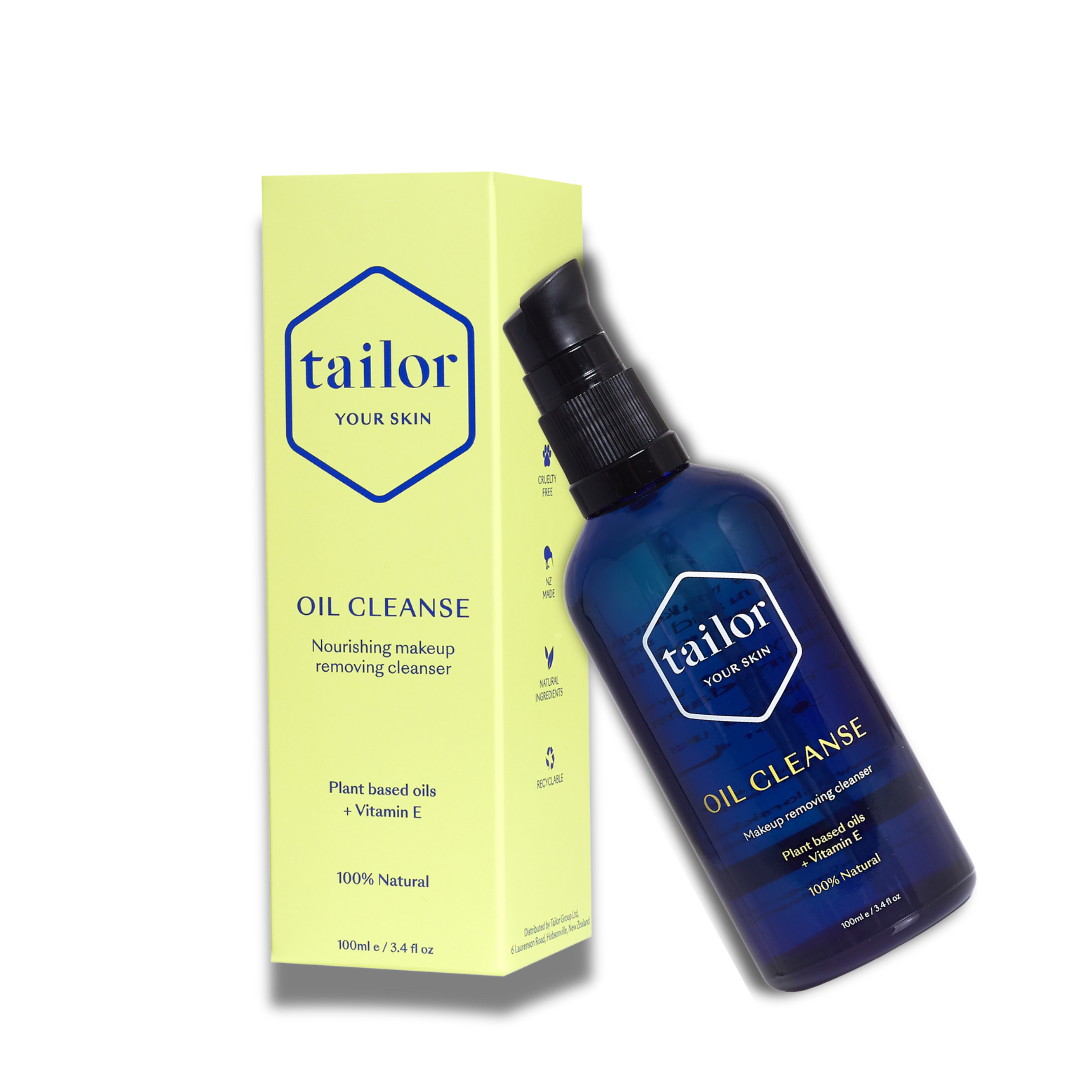When it comes to clean green beauty, there’s a list longer than your arm of nasties to avoid. Near the top of the list of bad ingredients is silicone - but do you know why?
This synthetic substance raises some interesting questions about the ingredients we put on our bodies - if an ingredient isn’t harmful and feels nice to use, why not use it? And on the flip side - if an ingredient feels good on your skin but isn’t adding to your skin health, why bother with it?
Let’s break down the most commonly asked questions about silicones in skincare.
What is silicone?
Silicones take up a variety of forms and are widely used in the beauty industry; skincare, haircare, cosmetics. They are known to be a stable ingredient and depending on the length of their silica backbone structure, can be lightweight or heavy.
Silica is the main component of sand, but this doesn’t make silicone natural as it has to be chemically processed to create the ingredient found in your beauty products.
Silicones are used in beauty products for their occlusive properties - their ability to create a barrier on your skin that’s resistant to water and air.
![]()
What types of silicone are in skincare?
There are many different types of silicones used in the beauty industry, which are chosen based on your desired texture and skin feel.
The most commonly used type of silicone in skincare can be broken down into two categories: volatile and non-volatile.
Volatile silicones are characterised by their ability to quickly evaporate from your skin to leave you with powder-like smoothness.
Non-volatile silicones come in a range of viscosities (thicknesses), from watery thin to thick gel. These silicones are used to create a protective barrier on your skin and lock in moisture. These leave your skin (and hair) feeling smooth and soft to the touch.
Why is there silicone in some skincare?
Basically, because they’re a (commonly) inexpensive way to make products feel amazing to use. They help skincare products glide on, make your skin look and feel smooth plus lock in moisture. Like mentioned above, they come in a range of thicknesses, meaning you can achieve the same feeling of natural alternatives without your product feeling heavy or oily on your skin.
Does silicone block my pores?
While it’s ability to create a barrier to lock in moisture is a win, it also means it’s preventing impurities from getting out, such as sebum, sweat and dirt. While natural plant oils can also have this effect, the difference is how easily plant oils can be removed.
Silicone is naturally hydrophobic, meaning they repel water. If you’ve got silicone included in your skincare routine, a quick wash with a water-based cleanser won’t cut it. Try adding an oil cleanser and double cleansing step to your routine.
Can silicone cause breakouts?
Like mentioned above, the barrier created by silicone can stop impurities from being removed from your skin. This barrier can also trap in other comedogenic ingredients (ingredients that clog your pores). This is another reason why adding a double cleanse step to your routine is key if you’re using silicone products.
That said, if you’re not prone to breakouts already, chances are silicone won’t cause you to break out. Bad news - if you are prone to breakouts, it can make these more frequent/common.
![]()
Does silicone stop my skin from absorbing my skincare?
Silicone is so effective at creating a barrier on your skin that can also stop other products you apply after it from absorbing into your skin. Basically, applying anything after a silicone-containing product is a waste of time.
If you’re opting for a product made with silicone, treat it the same as you would an oil-based product, like a facial oil; use it as the last step in your routine.
Is silicone bad for the environment?
At Tailor, we care about the impact all aspects of our business has on the environment, right down to the ingredients we use. Even though we skip silicone already because it’s not natural, there’s another key reason why we avoid it - it’s environmental footprint.
Silicones are bioaccumulative, meaning once you wash them off your face and down the drain, they contribute to buildup in our oceans and waterways. Like many other synthetic materials, it can take hundreds of years for them to break down.
How can I tell if there’s silicone in my skincare?
Clean beauty brands know you’re probably looking to avoid silicones, so you can check for terms such as ‘silicone-free’, ‘free from silicones’ or something along those lines.
As always, we recommend you do your research too by checking out the ingredients list. Anything that ends in -cone or -siloxane is a silicone. You can also keep an eye out for these commonly used silicones in beauty products:
- Dimethicone
- Cyclomethicone
- Cyclohexasiloxane
- Cetearyl methicone
- Cyclopentasiloxane
![]()
What is a natural alternative to silicone?
Thankfully, nature has provided us (like it always does!) with an alternative to this synthetic ingredient: silybum marianum ethyl ester AKA milk thistle ester. This natural ester is made from the fatty acids of milk thistle, and applies smoothly to your skin to lock in moisture and leave your skin feeling healthy and soft - just like a silicone does.
We love it in our facial oil Illume, for it’s ability to protect your skin from environmental stressors and pollution.
While milk thistle may leave your skin feeling the same as silicone can, here’s the difference - it adds to your skin health. We also included milk thistle ester in Moisture and Awaken for it’s known antioxidant and calming effects. It also helps protect your skin from UV light exposure - although this is not a replacement for SPF, so be sure to still lather that on!
Lab studies have also shown promising results for using milk thistle to reduce signs of melasma and hyperpigmentation.
Not only does this alternative match the benefits of silicone, but it actually helps protect and repair your skin to leave you with a healthy, younger-looking complexion!
Should I avoid silicone in skincare?
When it comes down to the facts, silicone isn’t really hurting your skin (although don’t forget about it’s environmental impact).
That being said, it’s not helping your skin either and it can help negative skin concerns like breakouts flourish.
This is especially important to consider when the natural alternative, milk thistle ester, provides the same benefits while also boosting your skin health.
References:
http://pubsapp.acs.org/cen/coverstory/89/8918cover.html
https://www.personalcaremagazine.com/story/13149/selecting-the-perfect-silicone-for-your-formulation
https://www.ncbi.nlm.nih.gov/pmc/articles/PMC5044975/
https://link.springer.com/chapter/10.1007/698_2019_375


